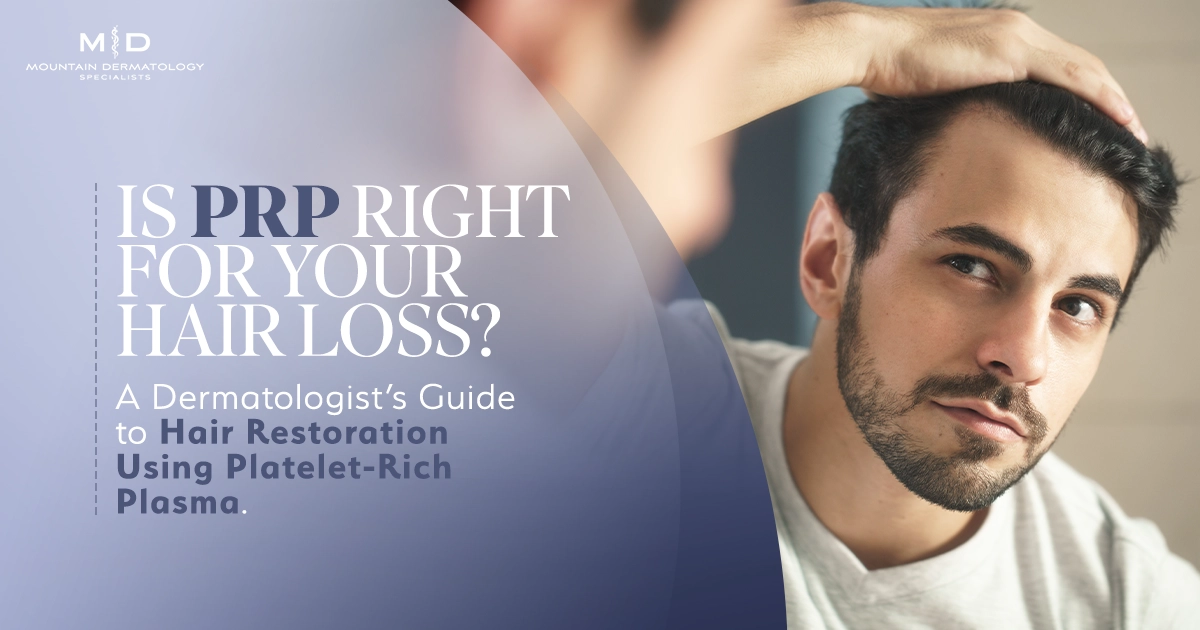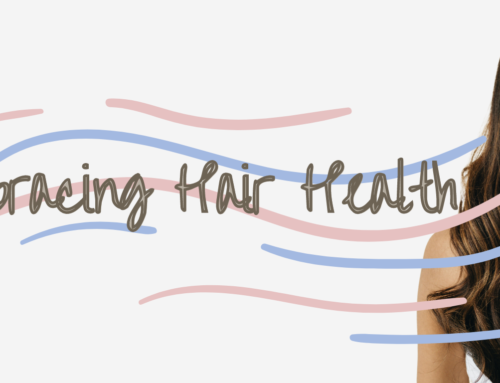Hair loss can be frustrating, emotional, and deeply personal, but you are not alone. At Mountain Dermatology Specialists, we understand how important it is to get to the root of the issue and find a treatment that works for your specific needs. One of the most promising options in recent years is Platelet-Rich Plasma (PRP) therapy, a regenerative treatment that uses your body’s own healing abilities to encourage natural hair growth. Let’s break down common hair loss triggers, how PRP works, who it is best for, and what to expect if you decide to move forward with the treatment.
Common Triggers for Hair Loss
Hair loss can stem from a variety of factors, and identifying the cause is a key step in choosing the right treatment. Some of the most common triggers include:
Before beginning any treatment, a dermatologist can help pinpoint the underlying cause through evaluation and testing.
How PRP Works for Hair Loss
PRP, or Platelet-Rich Plasma, is a cutting-edge treatment that uses components from your own blood to help stimulate hair regrowth.
Here is how it works:
These growth factors signal the body to regenerate tissue and stimulate dormant hair follicles resulting in stronger, thicker hair over time.
Who Is a Good Candidate for PRP?
PRP is ideal for individuals experiencing early to moderate hair thinning and who still have active but weakened hair follicles. It is especially effective for:
However, PRP may not be suitable for those with severe hair loss, scarring alopecia, or certain underlying medical conditions. A consultation with a dermatologist is essential to determine eligibility.
What to Expect During and After Treatment
PRP is an in-office procedure that typically takes less than an hour. Because it uses your own blood, the risk of allergic reaction or complications is minimal. Here is what you can expect:
To maintain results, maintenance treatments may be recommended annually or as needed.
Ready to Explore PRP for Hair Loss?
If you have been noticing more hair in your brush or thinning areas on your scalp, PRP could be a game-changer. At Mountain Dermatology Specialists, we offer customized evaluations to determine the best course of action for your hair restoration goals. Call us at (970) 926-1800 and schedule a consultation today to see if PRP is right for you and take the first step toward thicker, healthier hair.

